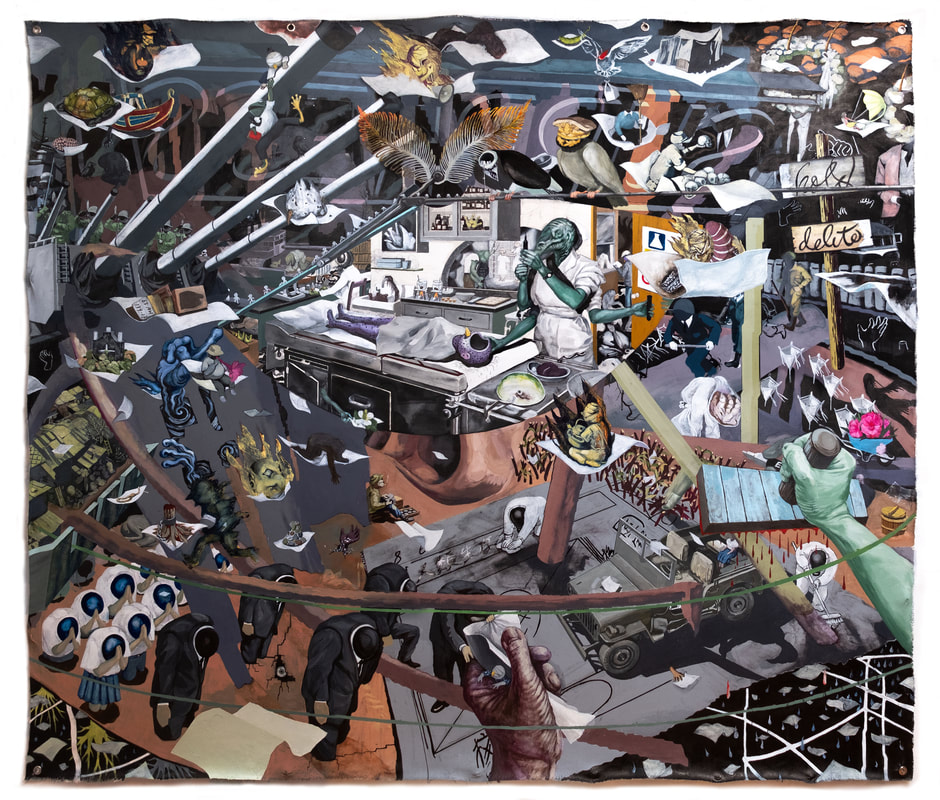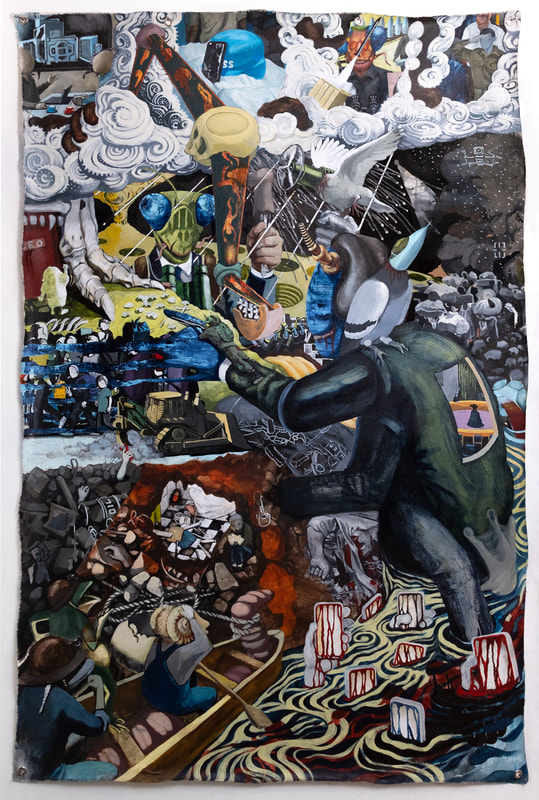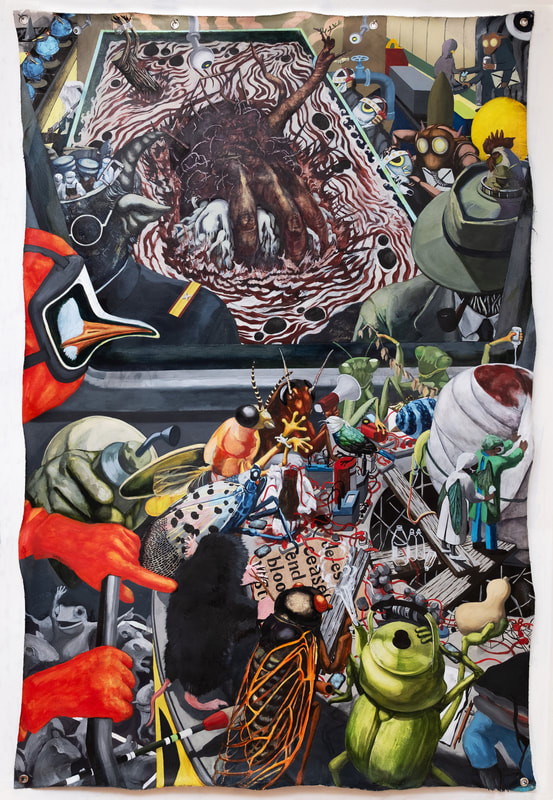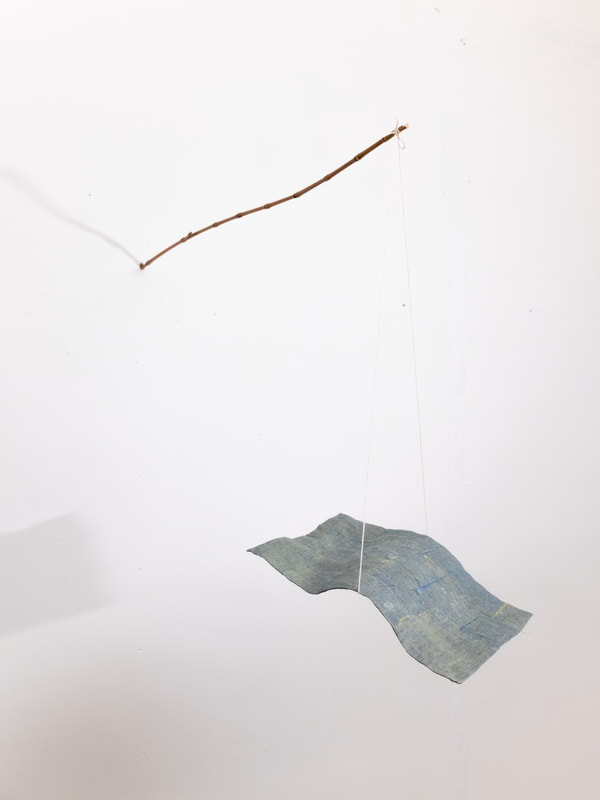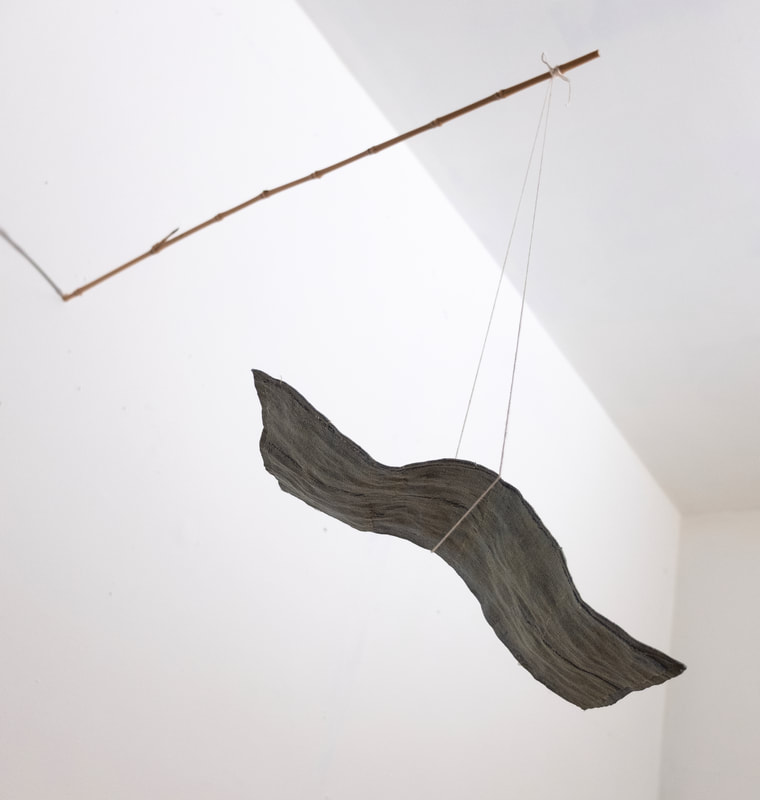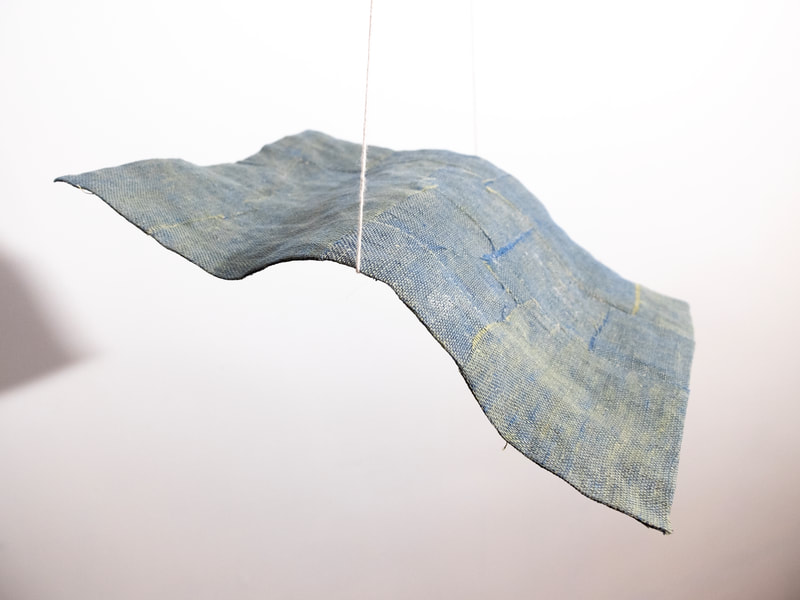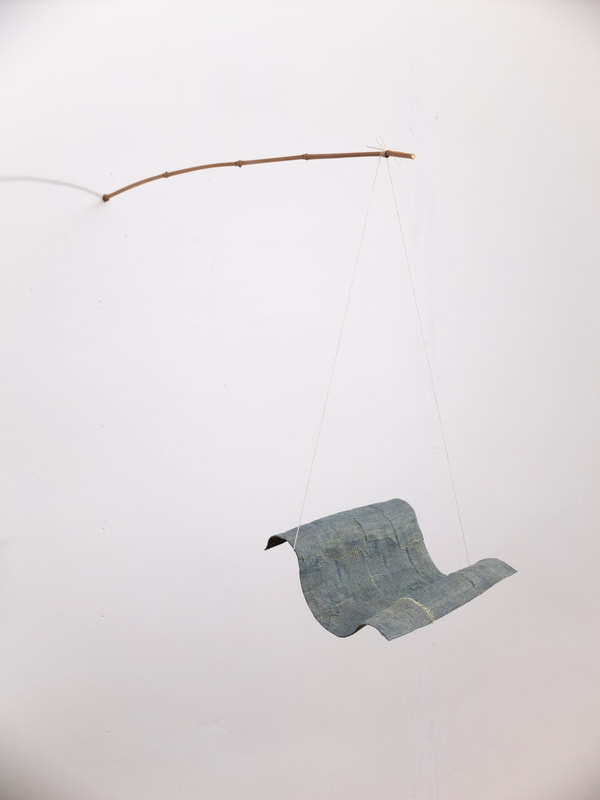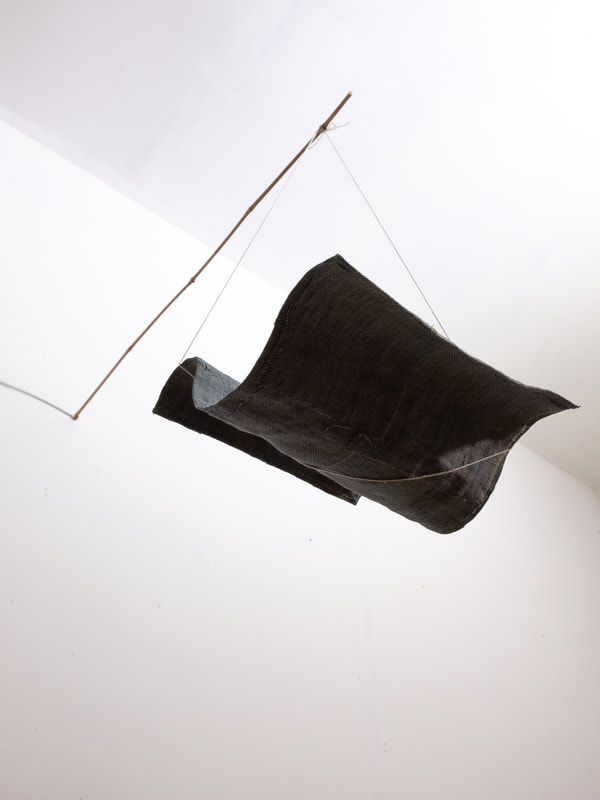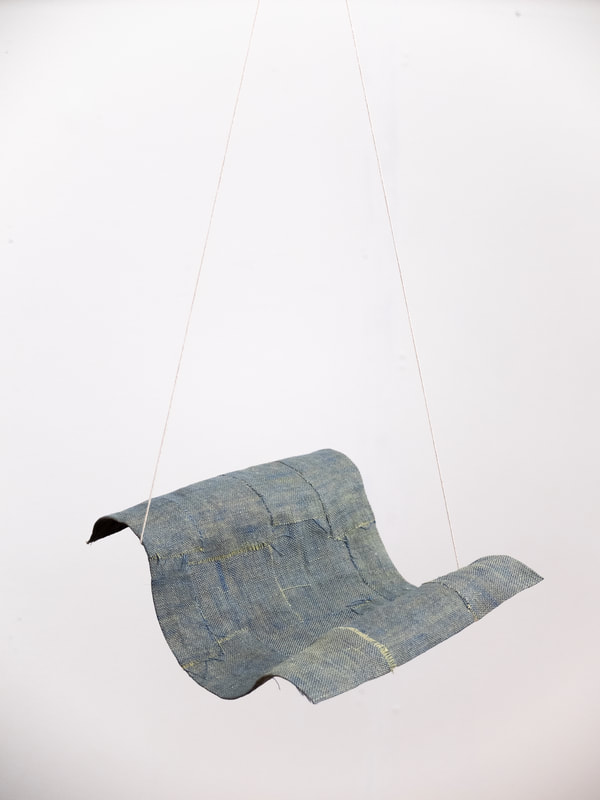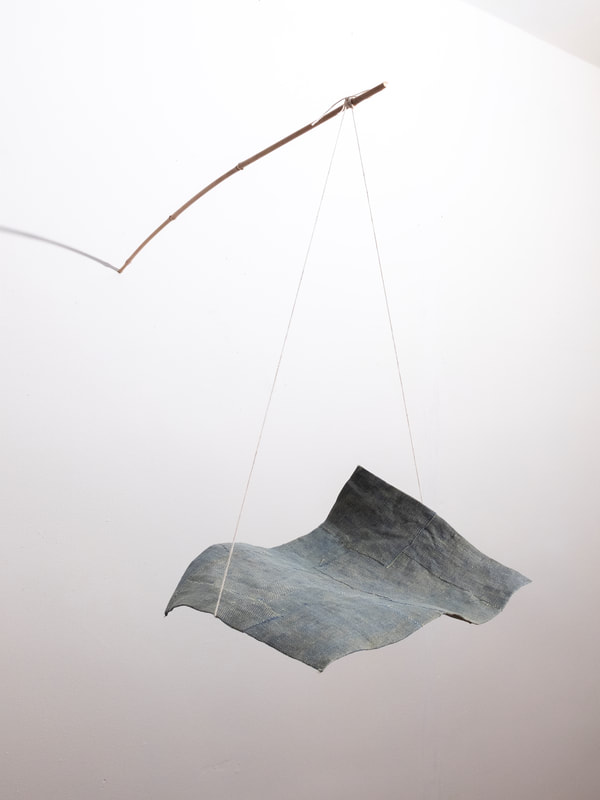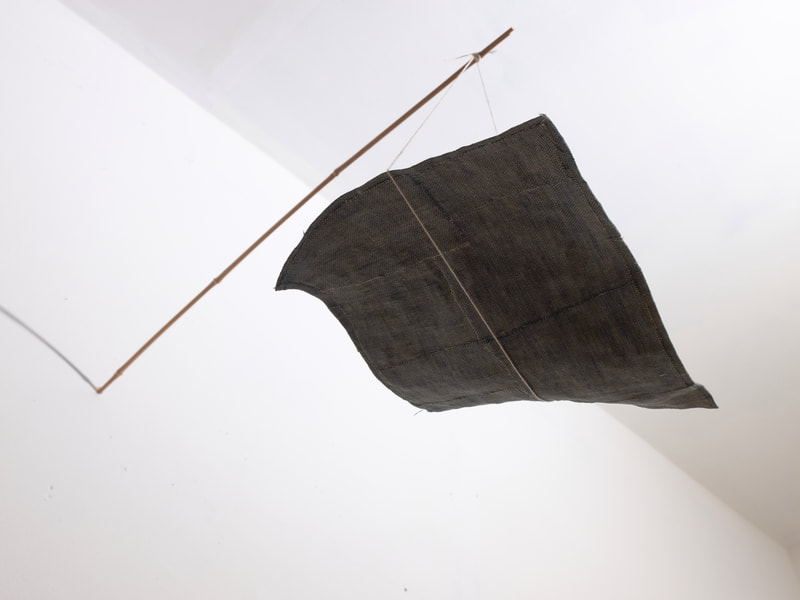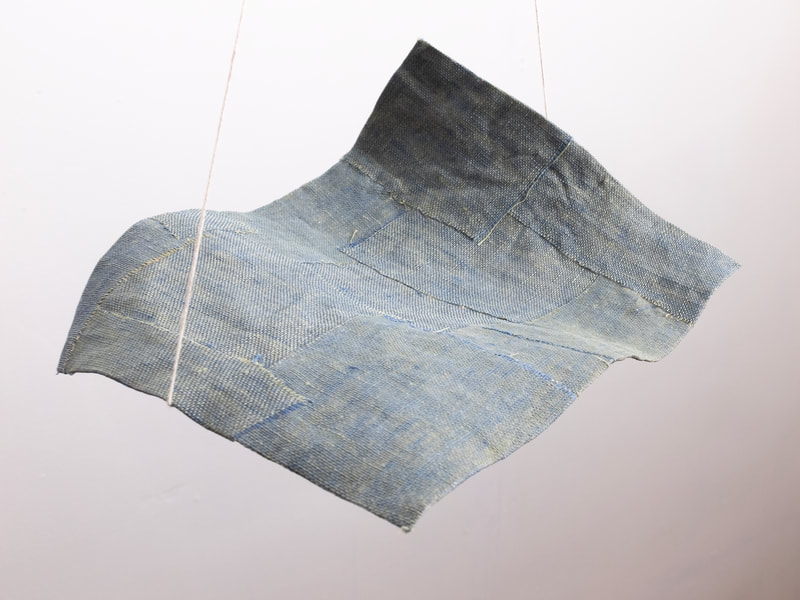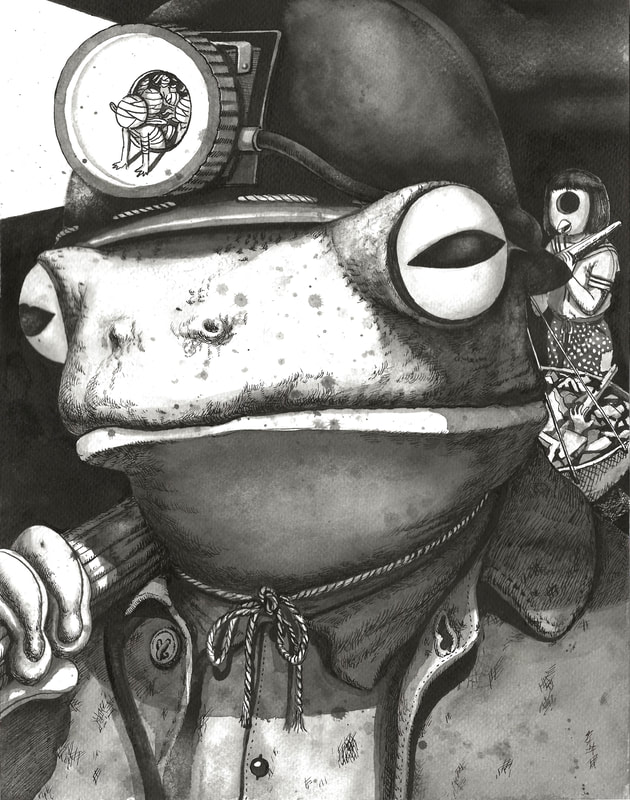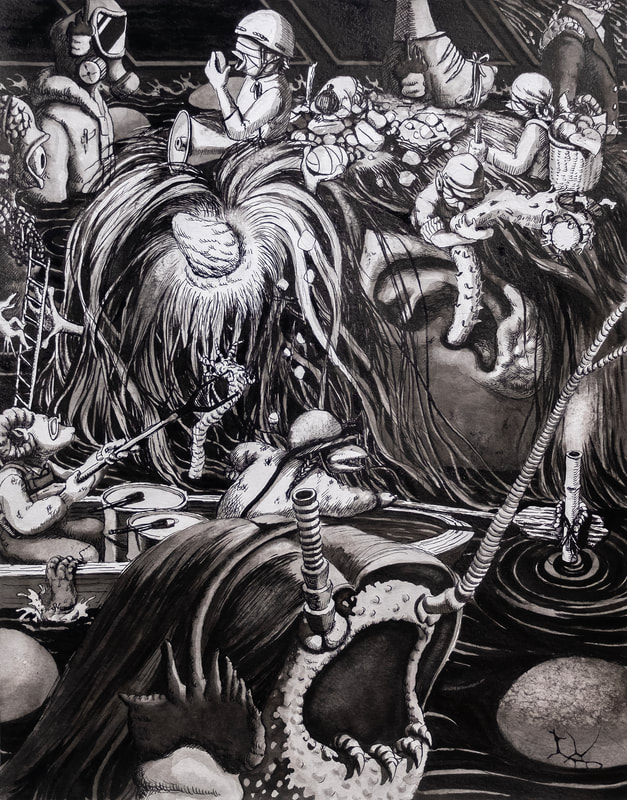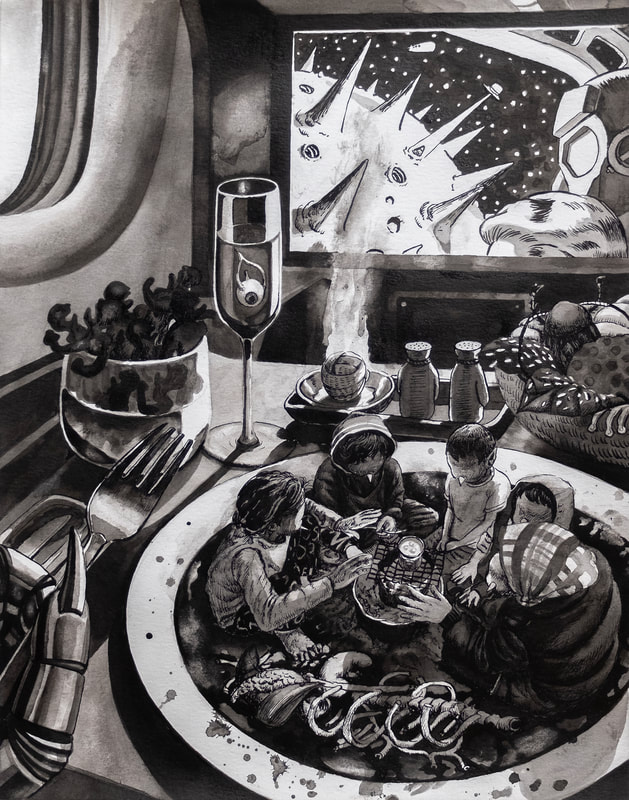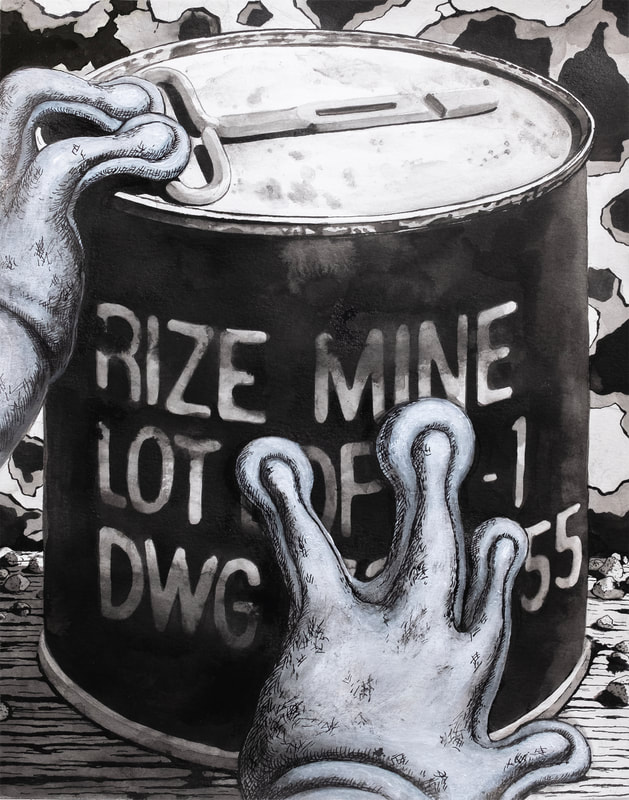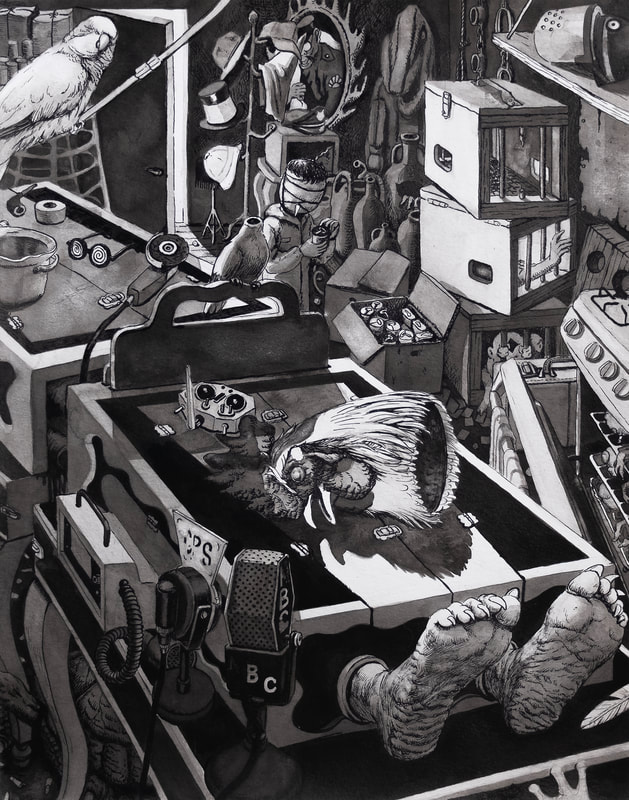ONITAIJI
2024
2024
ONITAIJI is an ongoing series inspired by the history and concept of Diego Rivera’s mural, Man at the Crossroad (1933). Tsutaja shows the starting pieces at Feria Material in Mexico City. Three large paintings on canvas will dominate the booth, and related sculptures and a series of black and white drawings will accompany the set of paintings. Rivera's work Man at the Crossroads was conceived initially as a three-panel painting—taking a cue from this fact, Tsutaja created three sequential unstretched canvas paintings that are directly tacked on the wall. The mural by Riviera, the fresco commissioned for the Rockefeller Center in New York in 1933, was censored and destroyed before its completion by order of Nelson Rockefeller due to its Leftist contents. Rivera later repainted this mural in Mexico City and titled it Man Controller of the Universe. This painting is still on view almost a century later. Tsutaja’s choice of material, painting on cotton canvas tacked to the wall, points to this removal and recreation of Rivera’s work. This material makes it possible for the work to be easily de-installed and transported, and by omitting the stretchers traditionally used with easel paintings, Tsutaja aims to give these paintings mobility—the freedom to travel. As Rivera's mural was received differently in two different locations, New York and Mexico, Tsutaja imagines the mobility of her work will make them unbounded and keep them from censorship by local or domestic politics. - From the press release of the Ulterior Gallery
Onitaiji: Fall, 2024 Acrylic on cotton canvas. 72 x 83 in (182.9 x 210.8 cm)
This painting is the centerpiece of the three. It is based on the scene of August 6, 1950. At that time, Japan was under occupation by the Allied Supreme Commander General Headquarters (GHQ). They issued the Press Code for Japan controlling all media outlets, which banned any info or study about atomic bombs and radiation, and also no criticism of the U.S. During the seven-year occupation, Hibakusha (A-bomb survivors) were suffering and dying, but they were hidden. The U.S. built the ABCC in Hiroshima and Nagasaki under the president's order to observe and research the bodies of the survivors and dead. The dissected body parts and all data were sent to the United States. They never used those data for medical purposes but for developing the new nuclear bombs against the Soviet Union. On August 6, 1950, the anti-war activists (communist party including Hibakusha and Korean Japanese) dropped the anti-Korean War and anti-nuclear flyer papers. This action was hazardous under occupation, and nobody could preserve this paper. But I imagined it through the profound poem August 6, 1950 by Sankichi Toge, a hibakusha poet. When I was painting this piece, the genocide in Gaza started. I have never imagined that I would live in an oppressed society in the U.S. Right now, I have been facing occupation, empire, colonialism, and war as my direct experience with all my American friends.
This painting is the centerpiece of the three. It is based on the scene of August 6, 1950. At that time, Japan was under occupation by the Allied Supreme Commander General Headquarters (GHQ). They issued the Press Code for Japan controlling all media outlets, which banned any info or study about atomic bombs and radiation, and also no criticism of the U.S. During the seven-year occupation, Hibakusha (A-bomb survivors) were suffering and dying, but they were hidden. The U.S. built the ABCC in Hiroshima and Nagasaki under the president's order to observe and research the bodies of the survivors and dead. The dissected body parts and all data were sent to the United States. They never used those data for medical purposes but for developing the new nuclear bombs against the Soviet Union. On August 6, 1950, the anti-war activists (communist party including Hibakusha and Korean Japanese) dropped the anti-Korean War and anti-nuclear flyer papers. This action was hazardous under occupation, and nobody could preserve this paper. But I imagined it through the profound poem August 6, 1950 by Sankichi Toge, a hibakusha poet. When I was painting this piece, the genocide in Gaza started. I have never imagined that I would live in an oppressed society in the U.S. Right now, I have been facing occupation, empire, colonialism, and war as my direct experience with all my American friends.
KAMI [450808], 2024
Linen fabric, wooden powder, flour, wooden glue, bamboo, and cotton string
9 1/2 x 7 1/4 x 1 3/8 in (24.1 x 18.4 x 3.5 cm)
Linen fabric, wooden powder, flour, wooden glue, bamboo, and cotton string
9 1/2 x 7 1/4 x 1 3/8 in (24.1 x 18.4 x 3.5 cm)
KAMI [500806], 2024
Linen fabric, wooden powder, flour, wooden glue, bamboo, and cotton string
7 3/4 x 7 x 2 1/4 in (19.7 x 17.8 x 5.7 cm)
Linen fabric, wooden powder, flour, wooden glue, bamboo, and cotton string
7 3/4 x 7 x 2 1/4 in (19.7 x 17.8 x 5.7 cm)
KAMI [231013], 2024
Linen fabric, wooden powder, flour, wooden glue, bamboo, and cotton string
9 x 7 x 2 1/2 in (22.9 x 17.8 x 6.4 cm)
Linen fabric, wooden powder, flour, wooden glue, bamboo, and cotton string
9 x 7 x 2 1/2 in (22.9 x 17.8 x 6.4 cm)
© 2015 Gaku Tsutaja
